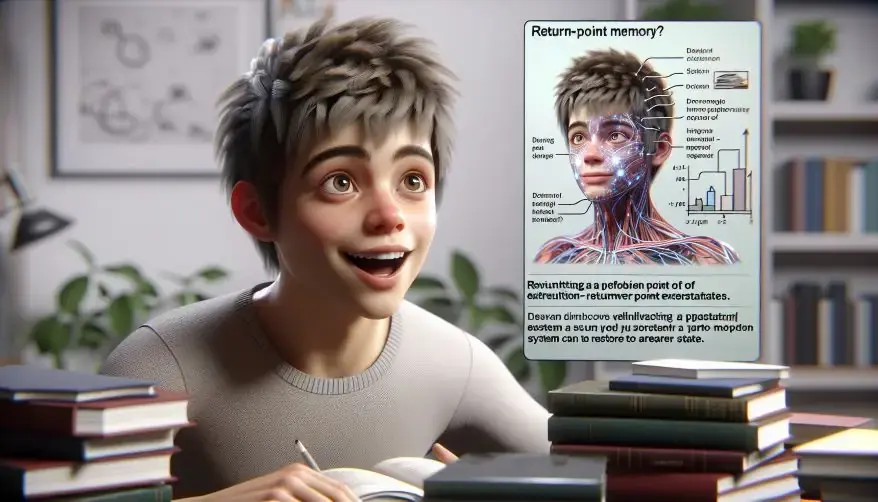Understanding Memories in Non-Equilibrium Systems
Memories in systems, especially those that are far from equilibrium, raise intriguing questions for scientists and researchers. This topic draws parallels with everyday items like a combination lock. Just as a lock can store multiple values through clockwise and counterclockwise movements, certain materials and systems can record past behaviors through mechanisms known as return-point memory. As explained in recent research, this phenomenon is particularly evident in sheared glassy materials and crumpled sheets.
Return Point Memory
The concept of return-point memory describes how revisiting a previous point of exertion can restore a system to an earlier state. This is similar to how one resets a combination lock to revisit previous codes. A remarkable finding is that cyclic driving—applying different strains back and forth—can create multiple nested memories within the system. However, if the driving is asymmetric (only positive strain is applied), the ability to develop memories becomes limited.
Role of Hysterons
Researchers have discovered that certain systems consist of discrete elements known as hysterons. These hysterons act like simple units responsible for forming memories within various materials. By modifying interactions between these hysterons, scientists observe differing behaviors not typical of return-point memory alone.
For example, two hysterons can have “frustrated” interactions. This happens when their states conflict with each other. Hysterons are units that show hysteresis, which is a lag between input and output. In these interactions, it is possible to store multiple memories. This can occur even if the inputs that drive the hysterons are unequal or not balanced.
Each interaction might seem minor; however, collectively they contribute significantly to understanding complex systems. As scientists explore these interactions further, they aim to answer vital questions about how these elementary units encode information over time.
Frustrated Interactions
A critical element of learning from these systems lies in understanding how their progression influences each memory stored. When applying asymmetric strains to hysterons with frustrated interactions, it becomes apparent that simple mechanisms can result in complex behaviors where past deformations substantially impact future responses.
The implications of this research extend beyond academic curiosity; they resonate with real-world applications in engineering and material science. When researchers improve their models through experiments, they discover new possibilities. These possibilities help in designing materials. These materials can store information efficiently. They can also respond predictably when under stress.
In conclusion, by studying the behavior of hysterons within non-equilibrium systems, we can appreciate how complex memories arise from simple rules governing their interactions.
Additionally, to stay updated with the latest developments in STEM research, visit ENTECH Online. Basically, this is our digital magazine for science, technology, engineering, and mathematics. Furthermore, at ENTECH Online, you’ll find a wealth of information.
References
Lindeman, C. W., Jalowiec, T. R., & Keim, N. C. (2025). Generalizing multiple memories from a single drive: The hysteron latch. Science Advances, 11(5). https://doi.org/10.1126/sciadv.adr5933






